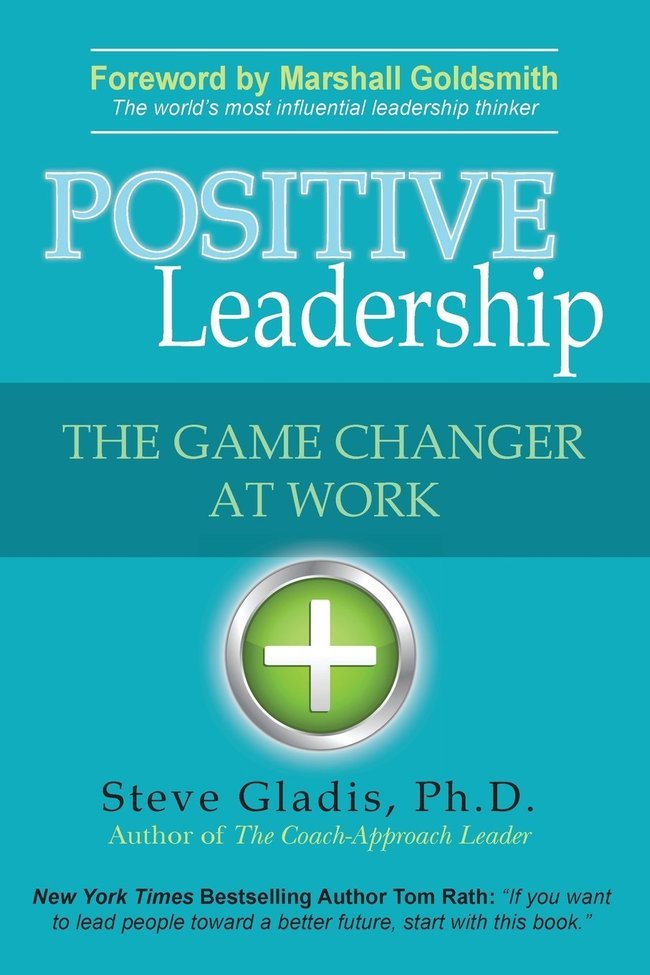by Dr. Steve Gladis, CWB Senior Scholar
This is an excerpt from Gladis’ book Positive Leadership: The Game Changer at Work.
For many years, psychologists have studied mental illness such as depression (reaction to loss), anxiety (reaction to a threat), and anger (reaction to trespass), with great success, which has been psychology’s legacy and its curse. Success often leads us to replication. If we have success doing something, we tend to want to repeat it, even if another approach might work better, especially as the world changes. Thus, experimental psychologists kept studying mental disease and how to cure it. They essentially continued to study illness rather than health, so they knew more about what made us sick than about what kept us healthy. In fact, in 1998 the ratio of negative to positive psychology research articles published was 17:1 (Achor, 2010).
However, also in 1998, psychologist Martin Seligman became the chairman of the American Psychological Association and announced that under his chairmanship “positive psychology” would become a central tenet of the association’s strategy. (Indeed, one could easily call Marty Seligman the “Father of Positive Psychology.”) Instead of studying what went wrong, the association was called to study what went right.
Consider the metaphor of a numbered line that represents the continuum from illness and health, with “0” being the turning point from one state to the other.
Prior to Seligman, psychology only got us to “0” (zero – a normal, neutral state of no depression; Seligman, 2012). However a lack of depression is not happiness, nor does it create a state of positivity any more than the lack of fear is the presence of courage. Positive psychology, as Seligman defined it, was about getting from 0 to +10.
Today, we can count more than 200 studies (involving more than 275,000 people) on happiness. A meta-analysis of those studies showed happiness to have a significant effect on relationships at work and home as well as on health and nearly every significant life domain. In short, happiness (the mood that leads to the mindset of positivity) is good medicine for us all (Achor, 2010).
Here are some examples of the research in positive psychology:
- Productivity: A meta-analysis of 225 academic studies revealed that happy employees are 31 percent more productive, produce 37 percent more in sales, and are 300 percent (three times) more creative than their unhappy colleagues (Lyubomirsky, 2008).
- Depression: A Conference Board study found that only 45 percent of people like their jobs. We have 10 times the amount of depression as we did in 1960 (Achor, 2010).
- Employee engagement: Gallup revealed that only 30 percent of the work population is actively engaged at work. This sets up a powerful equation of loss that creates a tremendous “silent economic killer” to any company (Buckingham, 2005)…
In short, increase the level of positivity, increase the bottom line.

